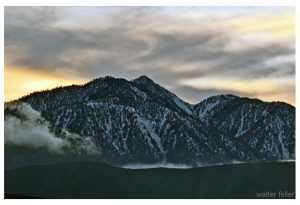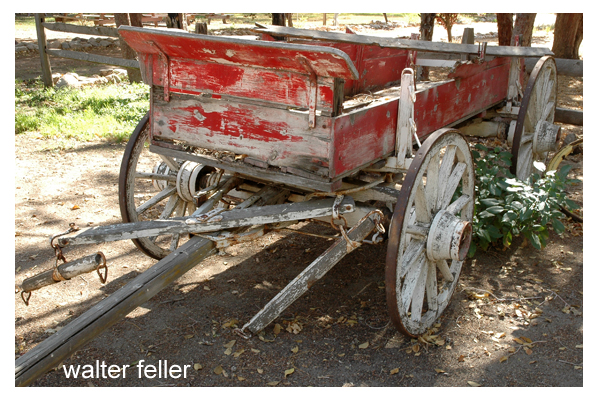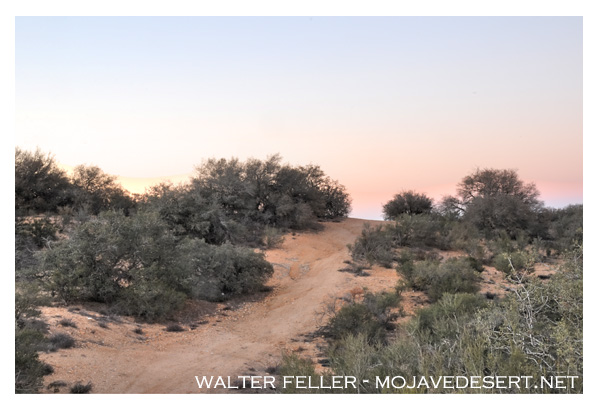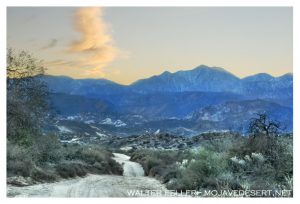by Myra McGinnis 1968
Long years ago, Cajon Pass became the gateway into the desert interior of California. The word “cajon” means box in Spanish and was fittingly applied to the area that has served as a pass through the rugged country between the desert and the valley lands west.

Cajon is not a pass through a mountain. It is a pass between two mountain ranges — San Bernardino and San Gabriel Mountains which overlap. It was through or around this pass that the early settlers had to travel. Either way, it was a difficult trek of uncharted roads and highways. for that time and era, it would seem that settlers might want to stay on the eastern side of the ranges and settle down rather than try to get horses and wagons over the steep and hazardous mountains.

Many years in the past the Pass became the “gateway into the wilds of the interior.” What an interior it is! coming or going from the coastal area of Southern California that great mass of mountain peaks and sheer drops from the high precipices are startling and they culminate into the one of the most rugged as well as one of the most beautiful in the West.
The fact that this pass was at the western end of the Old Spanish Trail made it an important spot in the emigrant days.

Camp Cajon, 3 miles above the Blue Cut was once an Indian village. Here the pass becomes wider, a fan-shaped site bounded by the divide on the upper edge. the divide is the desert rim. Eroding water cause the formation of the two major divisions which are known as East and West Cajon.

Long before the Cajon Pass was an accepted one and used freely, the wilderness of the Cajon region was a hideout for renegade Indians and white men. Cattle and horse stealing became so common that the people of the lower valleys had to take to battle. Once in the interior of the vast mountain area beyond Cajon it was almost impossible to recover the animals.
One of the historic roads that benefited the desert for many years was built by John Brown Sr. , an early desert settler. This was the toll road that he built to connect the desert territory with the outside areas. The toll road served the public for 20 years. It was built from the Cajon Pass to the old Verde Ranch adjacent to Victorville.
from: The Cajon Pass — Yesterday
by Myra McGinnis 1968
Mohahve IV – Scrapbooks of History
Mohahve Historical Society
